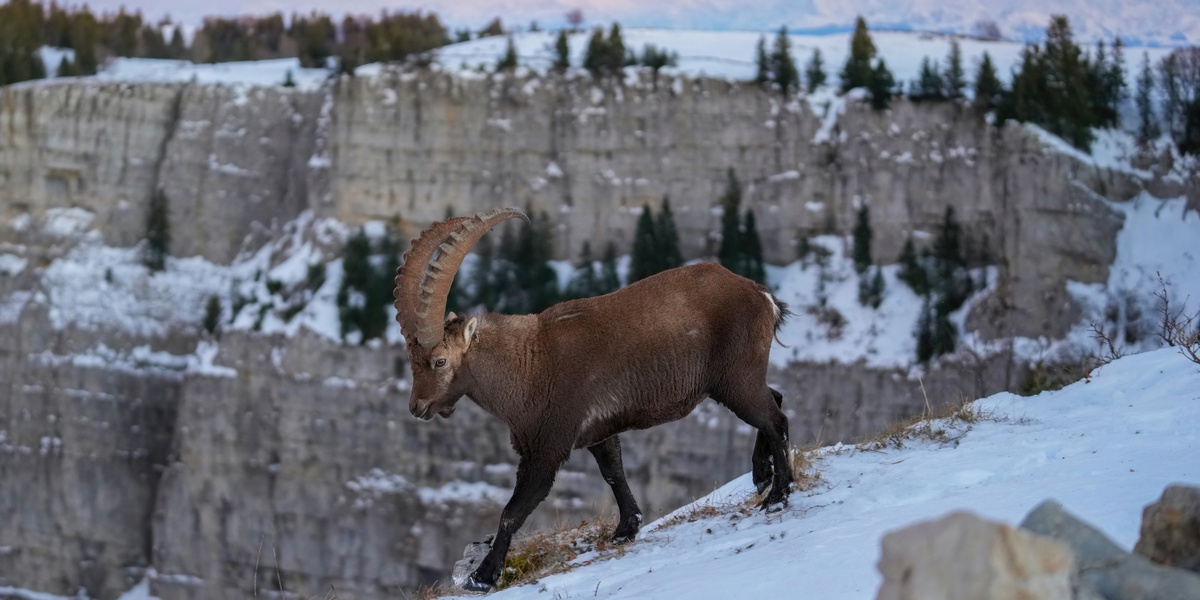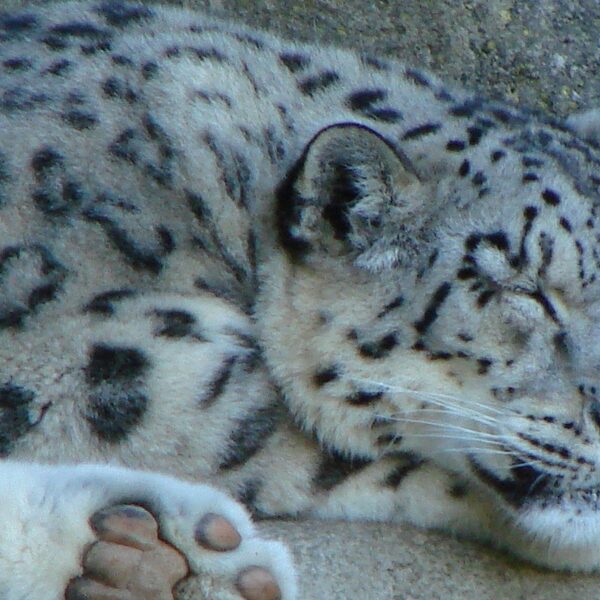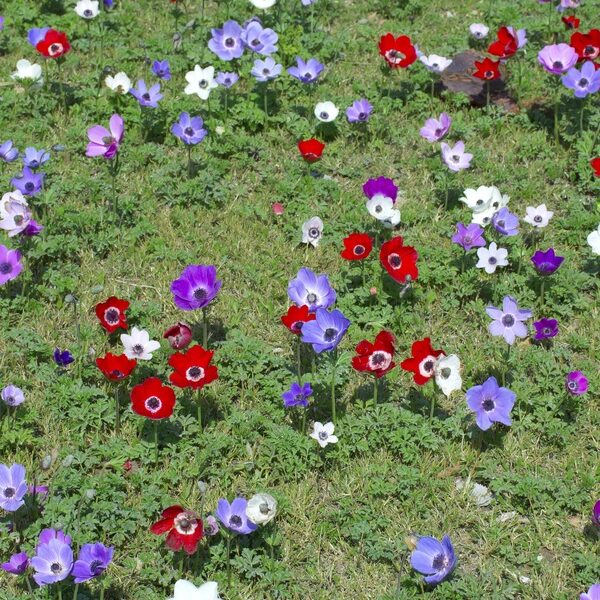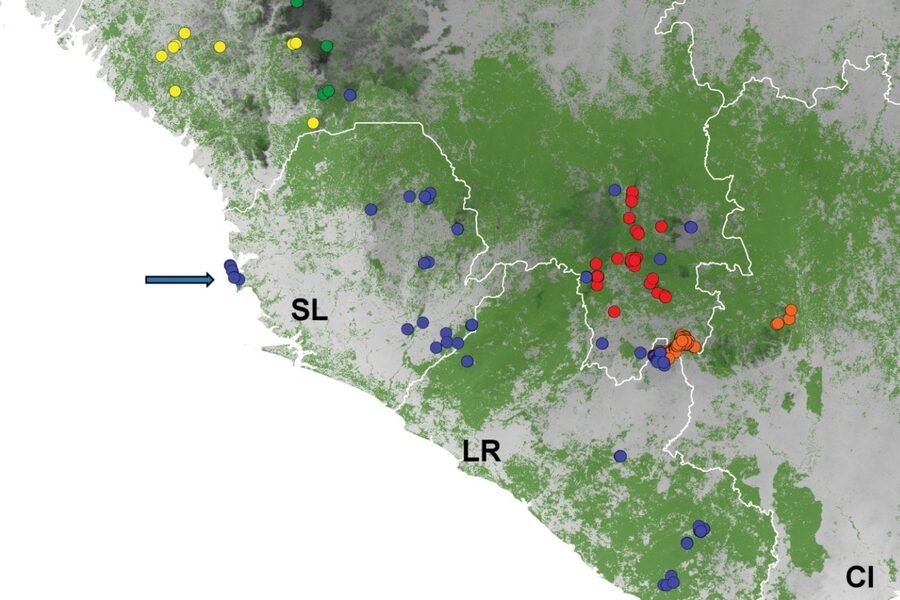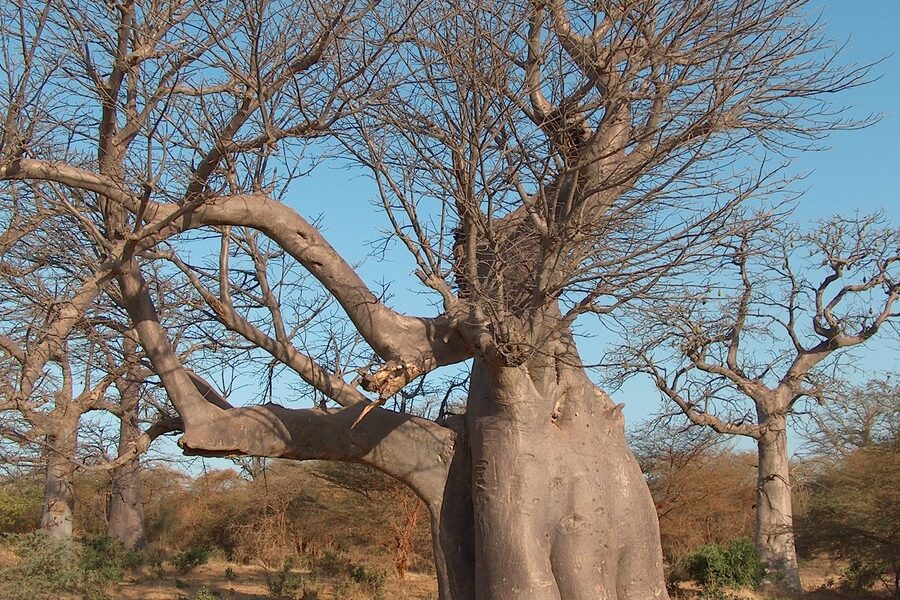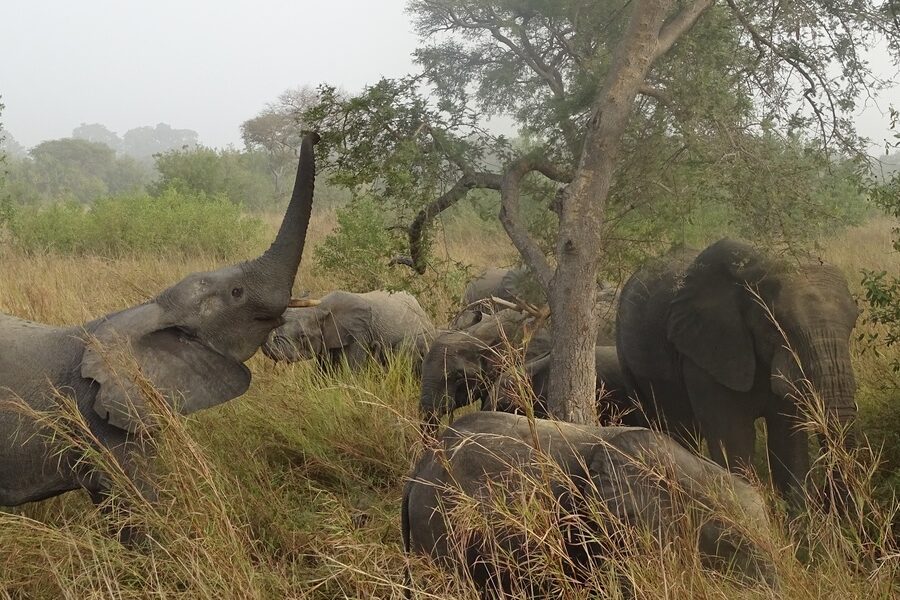Switzerland’s mix of high Alps, forested valleys and freshwater lakes supports a wide variety of wildlife, from mountain specialists to animals that thrive near towns and farms. A short list can help you spot patterns in where species live and how big they typically are without getting lost in technical detail.
There are 60 Animals of Switzerland, ranging from the Aesculapian snake to the Wild boar. For each species you’ll find below the columns: Scientific name,Size (cm),Where found, so you can compare identification, typical size and habitat at a glance—you’ll find below the full list and details.
Does this list include migrants, introduced species, or only native residents?
The list aims to cover species regularly found in Switzerland, including native residents, commonly occurring migrants and established introduced species; extremely rare vagrants and microscopic invertebrates are generally excluded, so check local records or conservation lists for exhaustive verification.
What’s the best way to use the size and location columns when looking for these animals?
Use Size (cm) as a quick field guide cue—compare that with nearby species—and pair it with Where found to narrow likely habitats (e.g., alpine meadows vs. lowland forests); carry a pocket guide or app and observe from a distance for safety and minimal disturbance.
Animals of Switzerland
| Name | Scientific name | Size (cm) | Where found |
|---|---|---|---|
| Alpine ibex | Capra ibex | 75-110 | Alps |
| Chamois | Rupicapra rupicapra | 100-130 | Alps, Jura |
| Alpine marmot | Marmota marmota | 40-60 | Alps |
| Red deer | Cervus elaphus | 160-250 | Alps, Plateau, Jura |
| Roe deer | Capreolus capreolus | 95-135 | Plateau, Jura, Alps |
| Wild boar | Sus scrofa | 100-180 | Forests, Plateau, Jura |
| Eurasian lynx | Lynx lynx | 80-130 | Forests, Alps, Jura |
| Grey wolf | Canis lupus | 100-160 | Alps, Jura, Plateau edges |
| Red fox | Vulpes vulpes | 60-90 | Plateau, Jura, Alps, urban |
| European badger | Meles meles | 60-90 | Forests, Plateau, Jura |
| Eurasian otter | Lutra lutra | 60-90 | Freshwater rivers, lakes, wetlands |
| European beaver | Castor fiber | 80-100 | Rivers, wetlands, Plateau, Jura |
| European hedgehog | Erinaceus europaeus | 20-30 | Gardens, hedgerows, Plateau, Jura |
| Common pipistrelle | Pipistrellus pipistrellus | 18-25 wingspan | Urban, forests, Plateau |
| Greater mouse-eared bat | Myotis myotis | 35-40 wingspan | Caves, forests, Alps |
| European hare | Lepus europaeus | 50-70 | Farmland, Plateau, Jura |
| Mountain hare | Lepus timidus | 45-65 | Alpine meadows, high slopes |
| European mole | Talpa europaea | 11-17 | Fields, forests, gardens |
| Alpine chough | Pyrrhocorax graculus | 73-82 wingspan | High Alps, cliffs |
| Common raven | Corvus corax | 115-150 wingspan | Forests, mountains, Plateau |
| Golden eagle | Aquila chrysaetos | 180-230 wingspan | Alps, high mountains |
| Bearded vulture | Gypaetus barbatus | 220-280 wingspan | High Alps, steep crags |
| Capercaillie | Tetrao urogallus | 74-85 | Montane conifer forests, Jura |
| Rock ptarmigan | Lagopus muta | 30-35 | High alpine zones |
| Common buzzard | Buteo buteo | 110-140 wingspan | Woodland edges, Plateau, Alps |
| Great spotted woodpecker | Dendrocopos major | 23-26 | Forests, parks, Plateau |
| Eurasian jay | Garrulus glandarius | 32-35 | Forests, parks, Plateau |
| Common kingfisher | Alcedo atthis | 16-17 | Rivers, lakes, wetlands |
| European robin | Erithacus rubecula | 12-14 | Gardens, woodlands, urban |
| Common blackbird | Turdus merula | 24-28 | Gardens, parks, woodlands |
| Mallard | Anas platyrhynchos | 50-65 | Lakes, rivers, wetlands |
| Eurasian coot | Fulica atra | 35-42 | Lakes, reedbeds, rivers |
| Mute swan | Cygnus olor | 200-240 wingspan | Lakes, rivers, lowland wetlands |
| White stork | Ciconia ciconia | 155-200 wingspan | Plateau, wetlands, farmlands |
| Barn swallow | Hirundo rustica | 17-19 | Farmland, villages, Plateau |
| European goldfinch | Carduelis carduelis | 11-13 | Gardens, farmland, hedgerows |
| Eurasian skylark | Alauda arvensis | 16-18 | Grasslands, Plateau, alpine meadows |
| Eurasian magpie | Pica pica | 44-46 | Woodlands, farmland, urban |
| European addder | Vipera berus | 60-90 | Forests, moorland, Plateau |
| Asp viper | Vipera aspis | 50-80 | Warm rocky slopes, vineyards, Plateau edges |
| Grass snake | Natrix natrix | 80-120 | Wetlands, rivers, lakes, Plateau |
| Common wall lizard | Podarcis muralis | 15-20 | Stone walls, ruins, urban, Plateau |
| European green lizard | Lacerta viridis | 25-35 | Warm scrub, forest edges, Plateau, Jura |
| Aesculapian snake | Zamenis longissimus | 100-150 | Woodland, hedgerows, warm valleys |
| Common frog | Rana temporaria | 6-9 | Woodlands, ponds, wetlands, Alpine lakes |
| Alpine newt | Ichthyosaura alpestris | 9-13 | Alpine ponds, forests, meadows |
| Fire salamander | Salamandra salamandra | 15-25 | Deciduous forests, damp valleys, Jura |
| Common toad | Bufo bufo | 9-13 | Woodlands, gardens, ponds, Plateau |
| European tree frog | Hyla arborea | 4-6 | Ponds, reedbeds, warm slopes, Plateau |
| Great crested newt | Triturus cristatus | 12-17 | Ponds, wetlands, forest pools |
| Brown trout | Salmo trutta | 30-70 | Rivers, streams, lakes |
| European grayling | Thymallus thymallus | 20-60 | Rivers, clear streams, alpine rivers |
| Arctic char | Salvelinus alpinus | 20-70 | Deep alpine lakes, cold waters |
| Common carp | Cyprinus carpio | 40-100 | Lakes, slow rivers, lowland waters |
| Northern pike | Esox lucius | 40-150 | Lakes, rivers, reedbeds |
| European perch | Perca fluviatilis | 20-50 | Lakes, rivers, reservoirs |
| Apollo butterfly | Parnassius apollo | 6-8 wingspan | Alpine meadows, subalpine slopes |
| Old World swallowtail | Papilio machaon | 6-8 wingspan | Meadows, gardens, Plateau, Alps |
| European stag beetle | Lucanus cervus | 3.5-7.5 | Woodland edges, old orchards, Plateau |
| Common blue damselfly | Enallagma cyathigerum | 2.5-3.5 wingspan | Ponds, lakes, slow rivers, wetlands |
Images and Descriptions
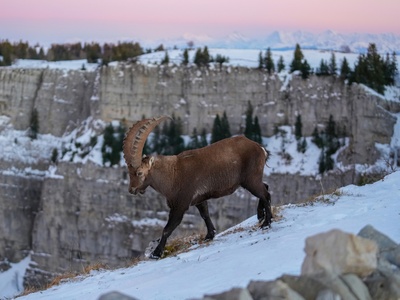
Alpine ibex
Stocky mountain goat with impressive curved horns and sure-footed hooves; grazes high alpine meadows. Notable for dramatic seasonal horn growth in males and successful reintroduction from a few 19th-century survivors.
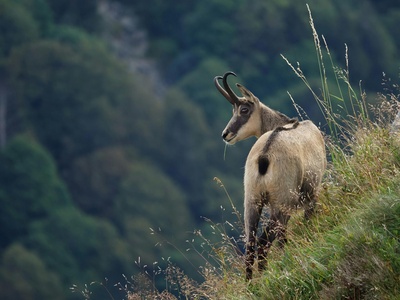
Chamois
Agile mountain ungulate with short hooked horns and a dark facial mask, often seen on steep cliffs. Notable for incredible speed and sharp turns when fleeing predators or hunters.
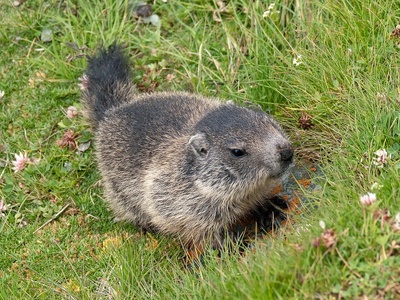
Alpine marmot
Large, burrowing rodent that hibernates up to eight months; whistles to warn colony of danger. Notable for social colonies and being a classic symbol of Alpine wildlife.
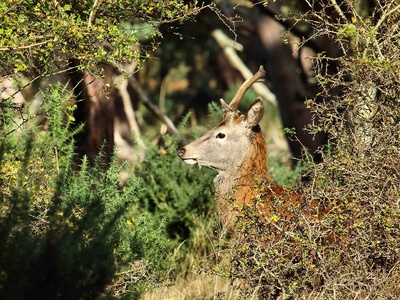
Red deer
One of Switzerland’s largest deer with impressive branching antlers on males; grazes forests and open meadows. Notable for dramatic autumn rutting calls and visible antler battles.
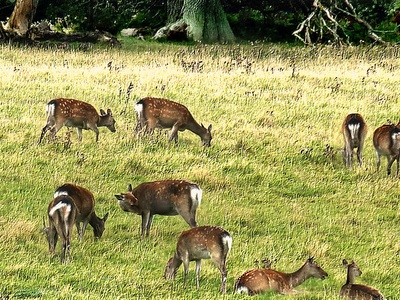
Roe deer
Small, graceful deer common near woodland edges and farmland; browsers of shrubs and herbs. Notable for solitary or small-group habits and a high, bounding escape leap.
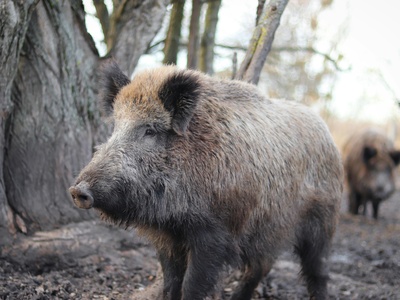
Wild boar
Robust, omnivorous pig that roots for food and can form large sounders; increasingly common near towns. Notable for adaptability and population increases in recent decades.
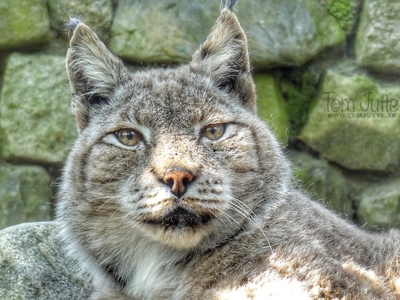
Eurasian lynx
Medium big cat with tufted ears and short tail; solitary, elusive predator of deer and small mammals. Notable for natural recolonisation after reintroduction and cross-border movements.
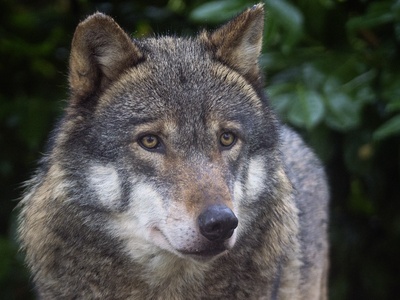
Grey wolf
Large canid returning to Switzerland from neighbouring populations; hunts in packs and preys on deer and boar. Notable for growing breeding records and management/public debate.
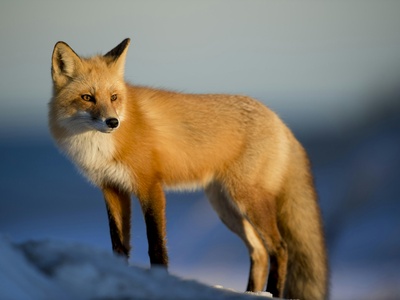
Red fox
Wily omnivore with bushy tail common across habitats, including cities; opportunistic diet. Notable for adapting readily to urban areas and varied food sources.
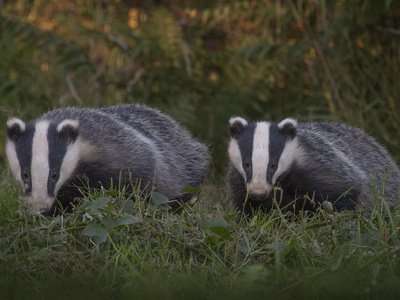
European badger
Nocturnal, burrowing omnivore with distinctive facial stripes; lives in social groups called setts. Notable for extensive underground networks and rooting behavior when foraging.
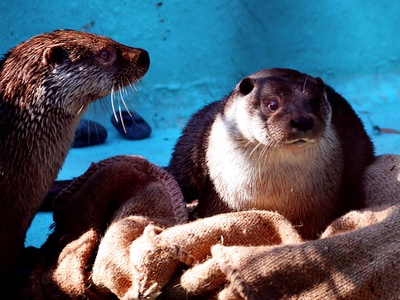
Eurasian otter
Semi-aquatic predator that feeds on fish and returns to rivers after conservation success. Notable for recolonising cleaned waterways and indicating healthy aquatic ecosystems.
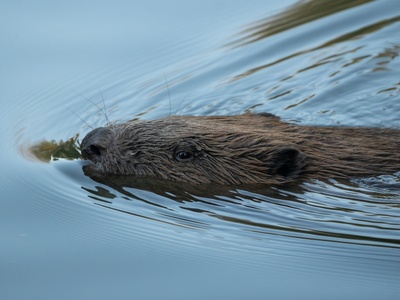
European beaver
Large semi-aquatic rodent that builds dams and lodges, reshaping streams and creating wetlands. Notable for major habitat engineering that increases biodiversity.
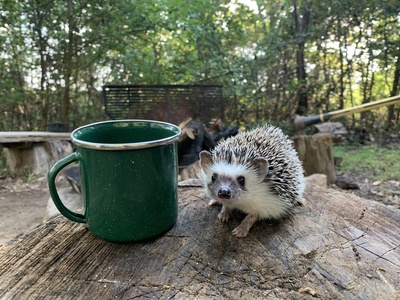
European hedgehog
Nocturnal insectivore covered in spines; often seen in gardens and roadside verges. Notable for hibernating in winter and being friendly to suburban wildlife watchers.
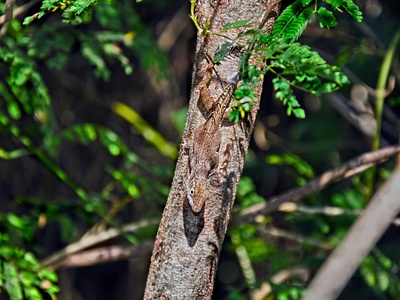
Common pipistrelle
Tiny bat that hunts insects at dusk and roosts in buildings or tree holes. Notable for high-pitched echolocation and being one of the most widespread European bats.
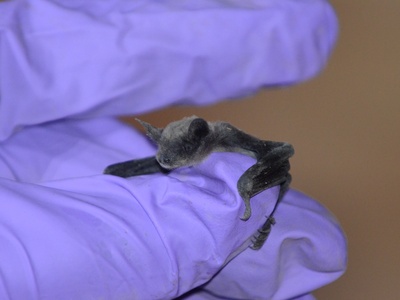
Greater mouse-eared bat
Large insectivorous bat that roosts in caves and attics; forages over fields at night. Notable for low-frequency calls and slow, powerful flight.
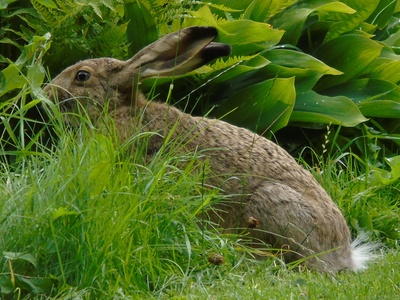
European hare
Large brown leporid active at dawn and dusk, feeding on crops and grasses. Notable for fast running speeds and long ears used in thermoregulation and predator detection.
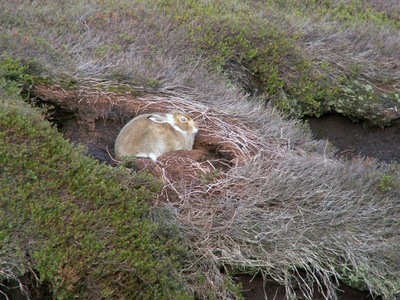
Mountain hare
Hare of higher elevations that turns white in winter in some populations to blend with snow. Notable for seasonal color change and survival in harsh alpine climates.
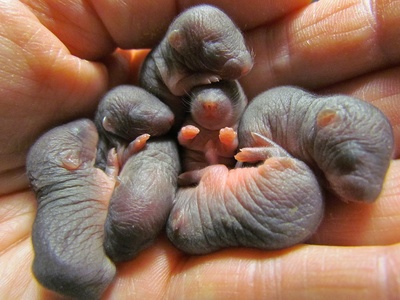
European mole
Small fossorial mammal that creates surface molehills while tunneling for invertebrates. Notable for extensive underground tunnels which aerate soil but frustrate gardeners.
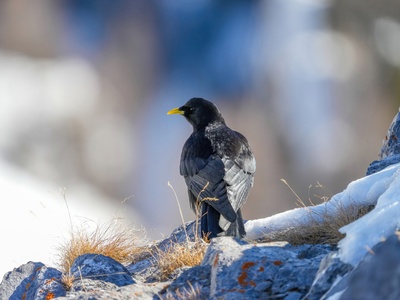
Alpine chough
Black, acrobatic corvid often seen near summits and ski areas; bold around humans. Notable for aerial displays and nesting on cliff ledges at high elevation.
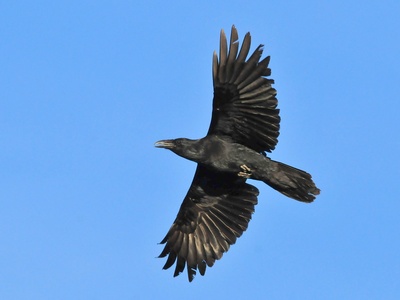
Common raven
Large intelligent corvid with deep croak; opportunistic feeder and skilled problem solver. Notable for tool use and complex social behaviors in the wild.
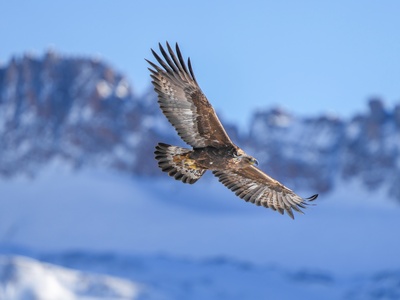
Golden eagle
Powerful raptor hunting mammals and birds over open alpine terrain; iconic Alpine predator. Notable for immense wingspan and long-term pair bonds with large territories.
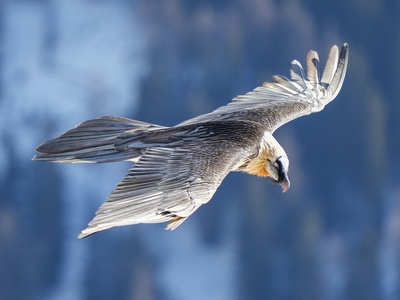
Bearded vulture
Large vulture that feeds mainly on bone fragments, dropping them to crack them open. Notable for bone-specialist diet and reintroduction efforts in the Alps.
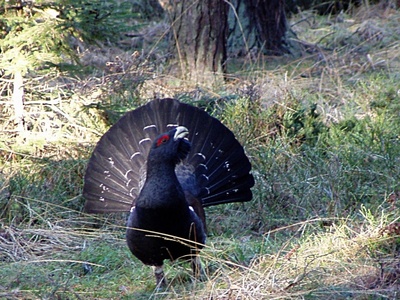
Capercaillie
Large forest grouse with dramatic courtship displays; prefers mature conifer stands. Notable for secretive behaviour and sensitivity to habitat fragmentation.
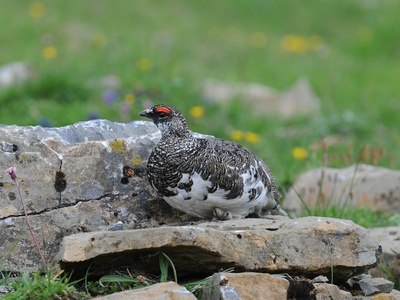
Rock ptarmigan
Stocky grouse that changes plumage seasonally—white in winter, mottled in summer—for camouflage. Notable as a specialized resident of harsh, windswept alpine areas.
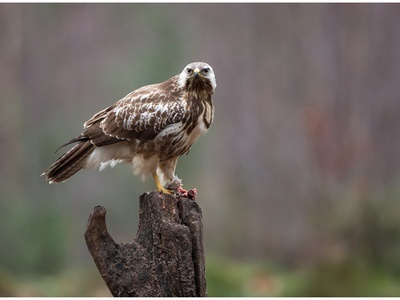
Common buzzard
Widespread medium raptor that soars over fields hunting small mammals and carrion. Notable for variable plumage and frequent presence near roadsides.
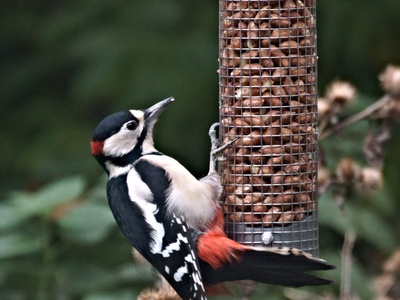
Great spotted woodpecker
Medium-sized woodpecker with bold black-and-white pattern and red belly markings; drums on trees to communicate. Notable for excavating nest holes used by other species.
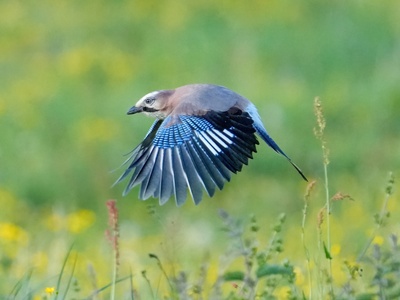
Eurasian jay
Colorful corvid that caches acorns and remembers many hiding spots; noisy and conspicuous. Notable for long-distance acorn dispersal that helps oak regeneration.
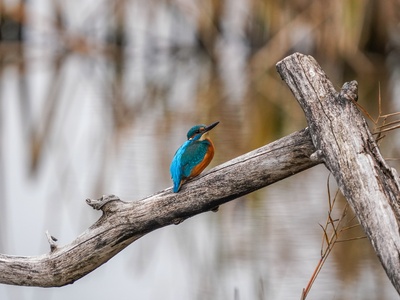
Common kingfisher
Small, brightly coloured fish-eating bird that perches low above water and dives for prey. Notable for razor-fast dives and nesting in riverbank burrows.
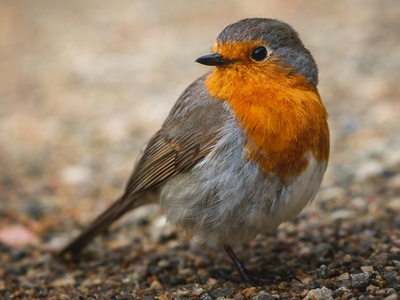
European robin
Familiar small songbird with orange-red breast, often tame around people. Notable for year-round territorial singing by both sexes.
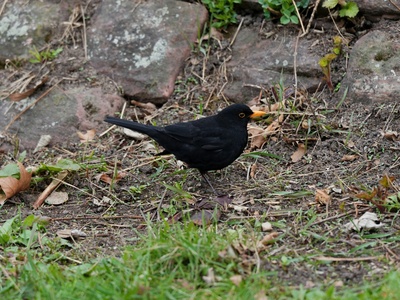
Common blackbird
Melodious songster with glossy black male and brown female; common around human settlements. Notable for rich, varied song and early spring nesting.
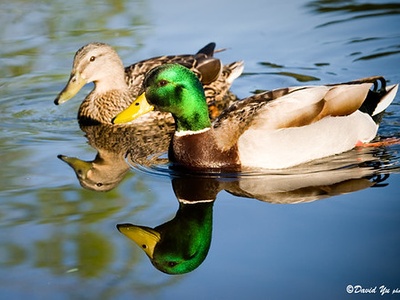
Mallard
Widespread dabbling duck; males have glossy green head, females mottled brown. Notable as the ancestor of most domestic duck breeds and frequent urban ponds.
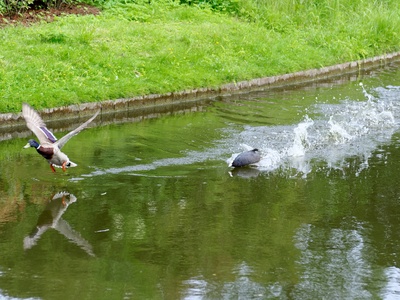
Eurasian coot
Black waterbird with white frontal shield, adept swimmer and diver for plants and small animals. Notable for territorial behavior and loud calls during breeding.
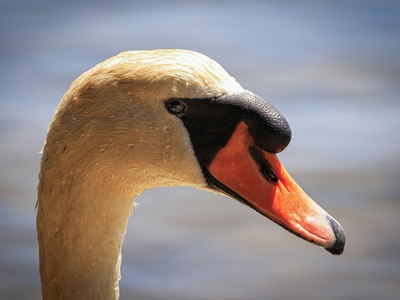
Mute swan
Large white swan with orange bill and graceful neck; forms long-term pair bonds. Notable for impressive wingspan and territoriality during breeding season.
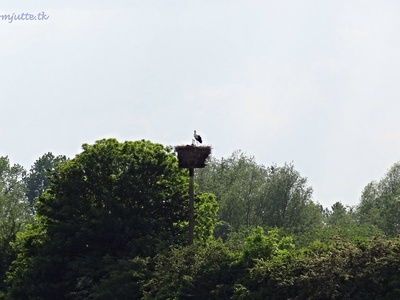
White stork
Tall long-legged bird nesting on chimneys and pylons; feeds on insects, frogs and small mammals. Notable for high-visibility nests in villages and return migration each spring.
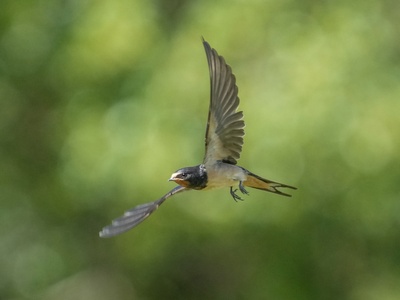
Barn swallow
Streamlined aerial insectivore with forked tail that nests on buildings. Notable for long migrations to sub-Saharan Africa and aerial feeding skill.
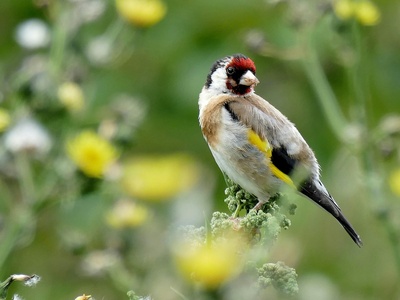
European goldfinch
Small, colorful finch with red face and yellow wing patches; eats thistle seeds. Notable for melodic calls and popularity at backyard feeders.
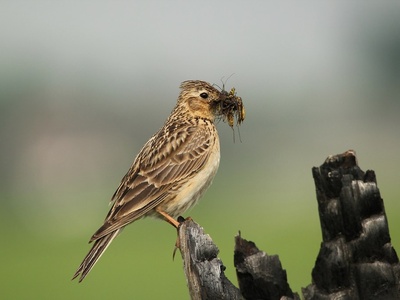
Eurasian skylark
Ground-nesting songbird famous for vertical song-flight above fields. Notable for long, continuous song delivered while hovering high above territory.
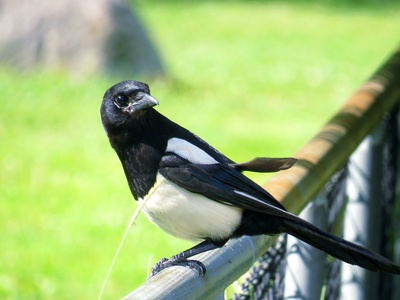
Eurasian magpie
Striking black-and-white corvid with long tail; omnivorous and highly adaptable. Notable for intelligence, complex social behavior and urban presence.
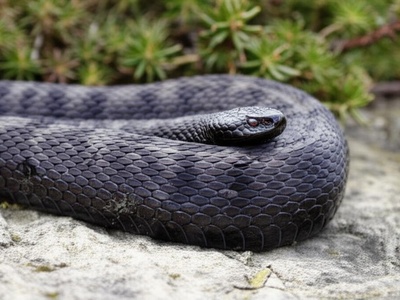
European addder
Venomous viper with zigzag back pattern; shy and avoids people but defends itself if provoked. Notable for cold-tolerance and being Switzerland’s most widespread viper.
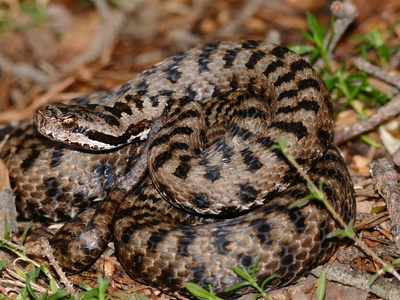
Asp viper
Venomous viper preferring sun-warmed habitats in lowlands and hills. Notable for being responsible for most viper bites in certain regions.
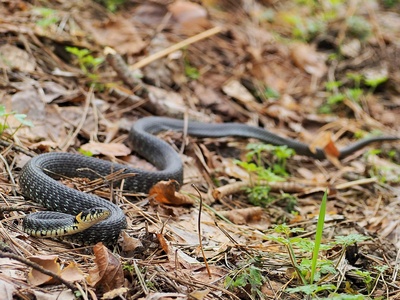
Grass snake
Non-venomous, aquatic snake that eats amphibians and fishes; often near water with yellow collar. Notable for feigning death when threatened.
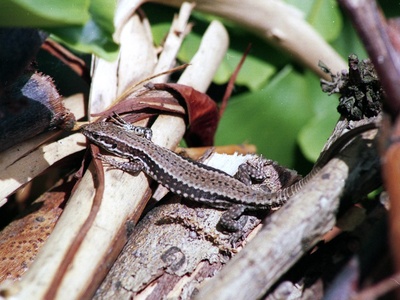
Common wall lizard
Small agile lizard that basks on warm rocks and walls; widespread in towns and countryside. Notable for quick sprinting and varied color forms.
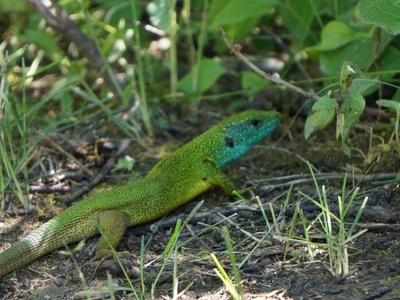
European green lizard
Bright green lizard of sunny habitats, often seen basking on vegetation. Notable for strong tails used as fat reserves and escape.
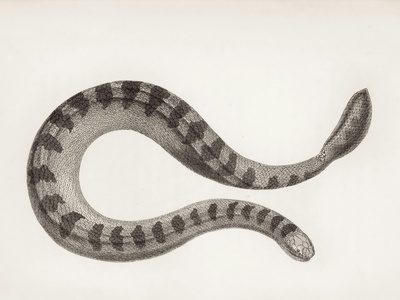
Aesculapian snake
Large non-venomous snake living in warm, sheltered habitats and sometimes near human buildings. Notable for climbing ability and cultural ties to medicine.
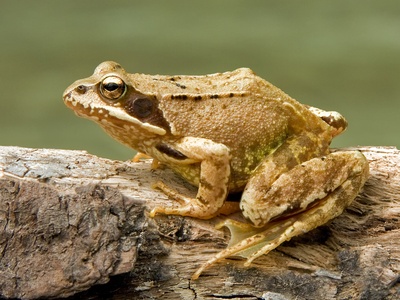
Common frog
Widespread pond-breeding frog that tolerates cold climates and is often first to breed in spring. Notable for long migrations to breeding ponds and variable coloration.
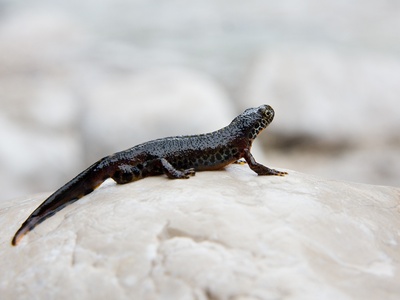
Alpine newt
Small newt found in montane ponds with bright breeding colors on males. Notable for terrestrial adult phase and aquatic breeding season.
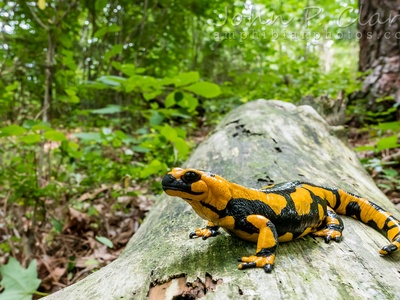
Fire salamander
Black salamander with yellow spots that secretes toxins for defense; nocturnal and secretive. Notable for giving birth to larvae or fully formed young depending on subspecies.
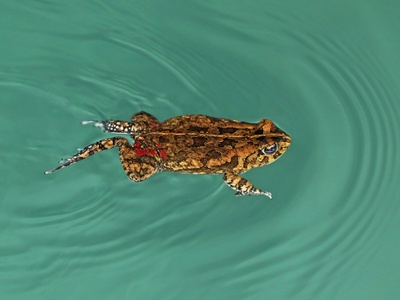
Common toad
Stocky toad with warty skin and terrestrial habits; returns to ponds to breed. Notable for mass migrations to breeding sites and long lifespan.
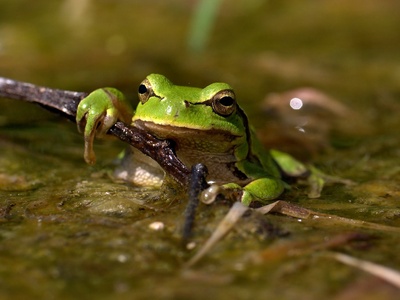
European tree frog
Small green arboreal frog that clings to vegetation with toe pads; audible at night. Notable for loud trilling calls from reeds and shrubs.
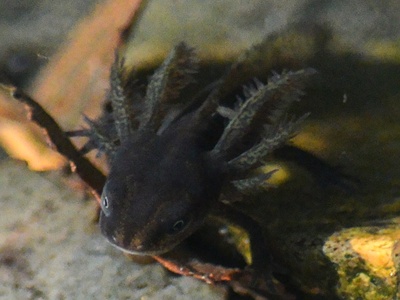
Great crested newt
Large, dark newt with crested males in breeding season; prefers clean, fish-free ponds. Notable as a conservation focus due to pond loss and pollution.
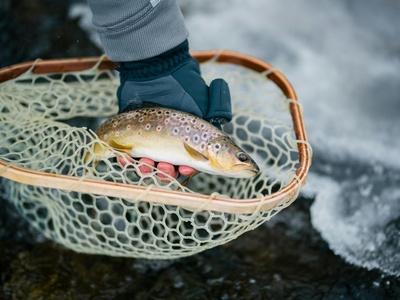
Brown trout
Native salmonid with brown spotted pattern that occupies clean, well-oxygenated waters. Notable for diverse life histories including resident and migratory forms.
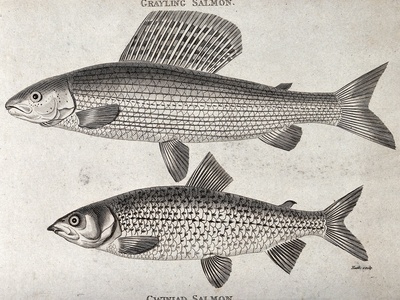
European grayling
Elegant fish with sail-like dorsal fin and preference for cold, fast-flowing water. Notable for sensitive habitat requirements and popularity with fly anglers.
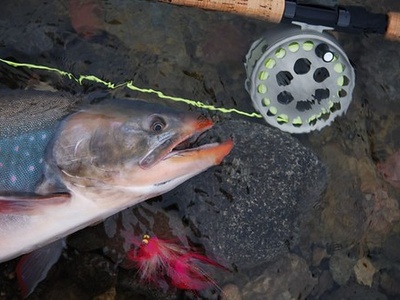
Arctic char
Cold-loving salmonid often found in deep mountain lakes with variable coloration. Notable for isolated lake populations and high conservation interest.
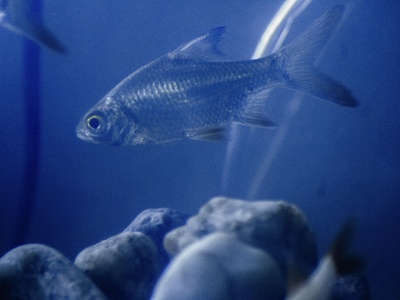
Common carp
Large omnivorous freshwater fish introduced long ago and now established in many water bodies. Notable for ability to survive degraded waters and alter habitats.
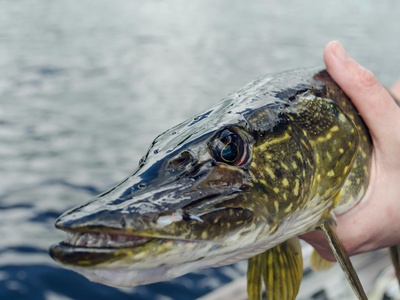
Northern pike
Ambush predator with elongated body and toothy jaws, preying on fish and waterbirds. Notable for rapid strikes and importance in freshwater food webs.
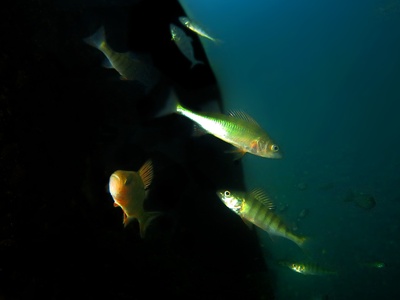
European perch
Striped predatory fish common in varied freshwater habitats; popular with anglers. Notable for schooling behavior and distinctive dorsal fins.
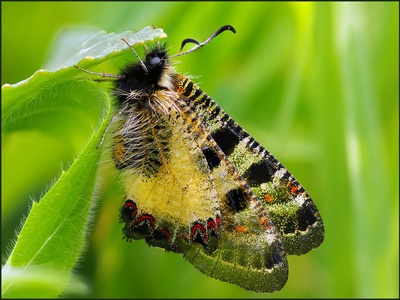
Apollo butterfly
Large white-and-red-spotted butterfly of flower-rich alpine grasslands; slow-flying and charismatic. Notable for being sensitive to habitat loss and a conservation flagship.
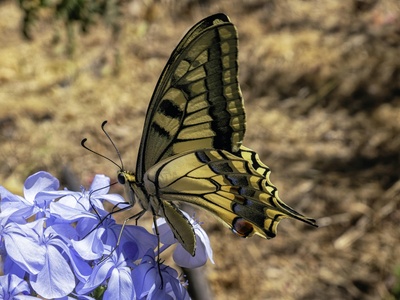
Old World swallowtail
Striking yellow-and-black butterfly with tail-like hindwing extensions; visits nutrient-rich flowers. Notable for strong flight and widespread presence across varied Swiss habitats.
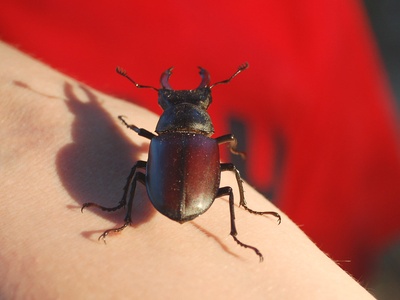
European stag beetle
Large dark beetle with impressive mandibles on males that resemble antlers. Notable for dependence on dead wood and attraction to warm evenings in summer.
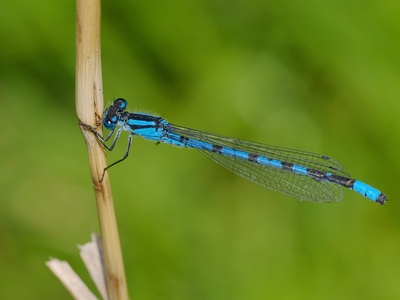
Common blue damselfly
Small slender damselfly with bright blue males frequently seen near still water. Notable for delicate hovering flight and aquatic larval stage that indicates good water quality
